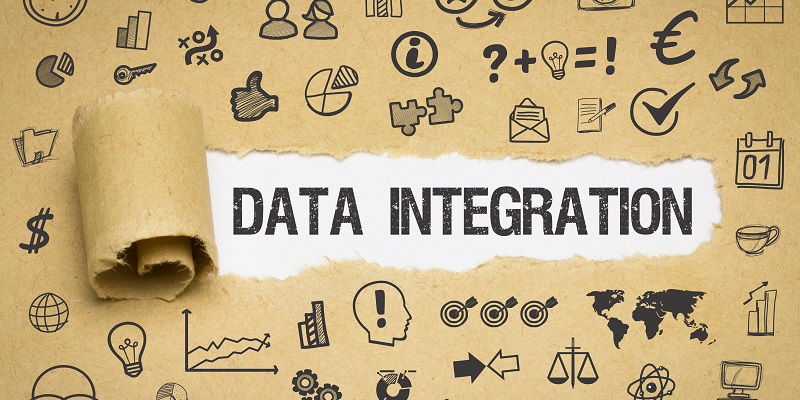In today’s increasingly data-driven world, organizations are faced with the challenge of managing and leveraging vast amounts of information generated from various sources. Data integration has emerged as a crucial solution, enabling businesses to obtain trusted data and share valuable insights for improved decision-making. This article explores the importance, challenges, and benefits of data integration, as well as the different approaches used to unify and store integrated data.
Exploding Volume of Data and the Need for Data Sharing
The exponential growth of data has become overwhelming for businesses. With an ever-increasing amount of information being generated, organizations find it essential to efficiently share existing data. Data integration plays a pivotal role in ensuring that valuable insights can be derived from these vast data repositories, allowing businesses to make informed decisions.
Challenges of Unifying Data from Multiple Sources
Integrating data from multiple sources can be a complex and daunting task. Organizations often face hurdles such as accessing data from native applications and managing multiple accounts. Additionally, data formatting and cleansing are necessary steps to ensure data accuracy and consistency before analysis can take place.
Benefits of Integrated Data
Integrated data brings numerous advantages to organizations. By consolidating data into a unified structure, errors and rework are reduced, leading to improved data quality. This enhances the reliability and trustworthiness of the data, enabling businesses to make more accurate and informed decisions.
Difficulties in Unifying Data Sources
The process of unifying data from various sources can be challenging. Different data sources may have varying formats, structures, and semantics, making integration a complex task. A thorough understanding of the types of data, analysis requirements, and the origin of the data is essential to ensure successful integration.
Efficiency of Manual Data Integration
While small organizations with minimal data resources may find it feasible to manually integrate data, this approach is highly inefficient in most cases. The labor-intensive nature of manual integration increases the risk of errors and delays, limiting scalability and hindering the ability to derive meaningful insights from integrated data.
Middleware Data Integration
Middleware plays a crucial role in data integration by acting as a mediator between various data sources and the master data pool. It helps normalize data from disparate sources, ensuring consistency and compatibility before bringing it into a unified structure. Middleware minimizes the complexity of data integration, enabling seamless collaboration across systems.
Application-Based Integration
Leveraging software applications, such as data integration tools, is another effective approach to integrating data. These applications help locate, retrieve, and integrate data from different sources, offering versatility in terms of data types and integration methods. Application-based integration streamlines the integration process, improving efficiency and accuracy.
Common Storage Integration
Common storage integration has gained significant popularity as it aligns with traditional data warehousing principles. This approach involves integrating data into a central storage system, making it easily accessible for analysis and reporting. Leveraging a data warehouse or a data lake, common storage integration provides a robust foundation for managing and extracting insights from the integrated data.
Data integration is no longer a choice but a necessity in the competitive business landscape. It enables organizations to unlock the true potential of their data by providing trusted, unified information for decision-making. By overcoming the challenges associated with data diversity and implementing efficient integration approaches like middleware, application-based integration, and common storage, businesses can harness the power of integrated data and gain a competitive advantage in the market. Prioritizing data integration efforts will ensure organizations stay ahead in the data-driven revolution.

